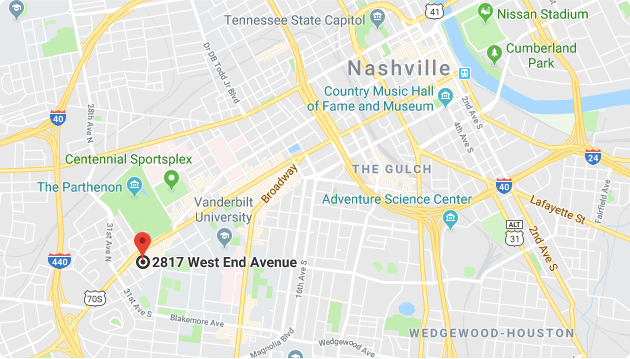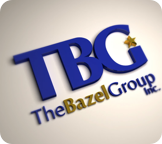Meeting Planner Survival Guide – a suggested timeline for your convenience:
Planning your next meeting or conference can be a daunting task, as many details and logistics are involved in producing a successful event. Here is a brief guideline to help you plan your next event:
Six to Eight Months In Advance
-
Establish meeting theme and objectives
-
Establish meeting budget
-
Determine audience participants: the size of the group, facilitators, dignitaries, etc.
-
Select meeting date
-
Contact venue sites: convention centers, conference facilities, hotels, convention, and visitor bureaus
-
Check references of other meeting planners that have booked the facility
-
Select meeting locale and meeting site
-
Decide on topics and speakers/trainers that will address the topics and objectives of the meeting
-
Contact us to check on availability and speaker’s fee
-
Are you having a celebrity concert? Now is the time to contact us to book your headliner entertainment.
-
International considerations: Climate at time of the meeting, cultural considerations, third-party vendor contact information, banking arrangements, receiving agents for shipments needing to be secured through customs, interpreter arrangements
Four to Six Months In Advance
-
Decide on the length and the agenda of the meeting
-
Inform attendees of the date, place, and objectives of the meeting
-
Finalize facility arrangements
-
Decide on food and beverage arrangements
-
Finalize the specific meeting rooms and layouts required
-
>Have all decisions finalized in the contractual form, including appropriate clauses for display or use of competitive goods and services, issues of attrition, indemnification, arbitration, and other issues where appropriate
-
Make all necessary hotel reservations for attendees attending out-of-town
-
Contract with proper transportation services
-
Decide on the use of giveaways. Order and confirm delivery date if applicable
-
Arrange for any on-site communication needs such as internet provider, telephone accessibility, office services, pagers, cell phone accommodations, etc.
-
Make all arrangements for shipping materials and confirm
Three Months In Advance
-
Determine what materials need to be reproduced.
-
Determine what materials need to be included in the registration packet
-
Arrange airport arrival requirements for meet and greet arrivals, ground transportation arrangements, designated luggage tags for group participants, etc.
-
Determine meeting room setups and notify the site of additional requirements
-
Order necessary signs, conference banners, and room signage
Four to Six Weeks In Advance
-
Reconfirm with all external vendors
-
Copy all materials that will need to be distributed
-
Send attendees information regarding meeting attire, agenda, hotel, and travel arrangements. Include pre-printed luggage tags and participation requirements, pertinent telephone numbers, and contact information.
Two Weeks In Advance
-
Prepare registration packet and name tags.
-
Ship all required materials in numbered boxes to the meeting site: request acceptance receipts and confirmation of arrival notification.
-
Confirm the number of attendees with the hotel and caterer.
One Week In Advance
-
Check weather reports for possible delays and determine a backup plan for weather-altering scenarios.
-
Coordinate delivery of special guestroom deliveries such as VIP gifts or employee incentive gifts.
-
Meet with the necessary security and parking officials to coordinate meeting logistics
-
Confirm rooming list with registration desk and procedure for check-in. Double-check rooms for VIPs and those with special needs.
-
Discuss with the front desk appropriate information to be included on on-site marquee boards
-
Meet with the accounting department of the site facility and confirm master billing procedures.
-
Check inventory of materials and supplies pre-shipped. Compile registration packets that will be distributed. Set up a separate registration area if necessary.
-
Conduct a meeting with personnel about on-site administration and delegate responsibilities where appropriate.
Post Meeting Follow Up
-
Send thank-you notes to the facility and to personnel that went above and beyond to ensure the success of the meeting.
-
Send thank-you notes to VIP’s for their attendance where appropriate.
-
Document meeting notes, prices, vendors, and suggestions for future meetings.



